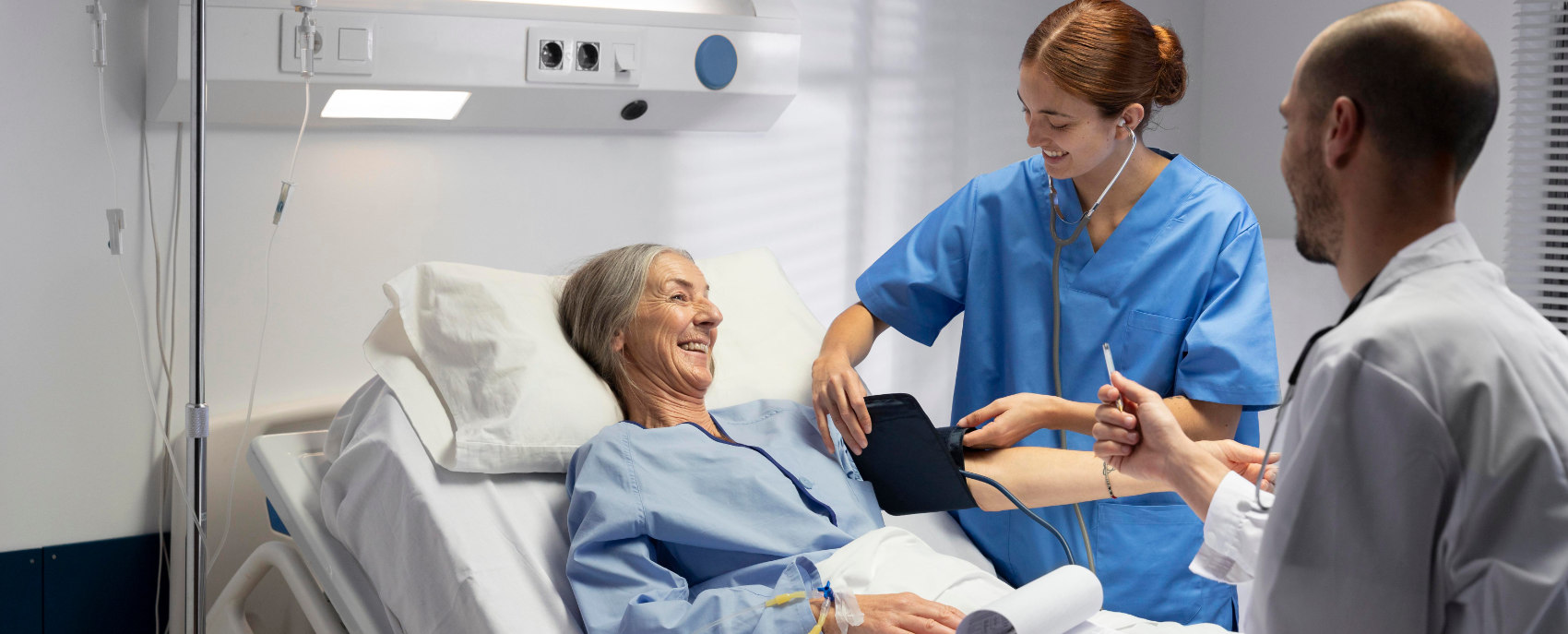In recent years, technological advancements have revolutionized various aspects of society, including the healthcare sector. Among these innovations, drone delivery has emerged as a promising solution to address some of the longstanding challenges in medical logistics and supply chain management. This essay explores the manifold benefits of incorporating drone delivery in the medical industry, highlighting its potential to enhance efficiency, accessibility, and patient care.
Efficiency and Speed:
One of the primary benefits of drone delivery in the medical industry is its ability to significantly improve the efficiency and speed of medication and medical supply distribution. Traditional modes of transportation, such as ground vehicles, are often subject to traffic congestion, logistical delays, and geographical limitations. In contrast, drones offer a faster and more direct means of transportation, capable of navigating through obstacles and reaching remote or hard-to-access locations with ease.
For instance, in emergency medical situations where timely intervention is critical, drones can expedite the delivery of life-saving medications, blood products, or medical supplies to accident sites, disaster areas, or remote communities. Studies have shown that drone delivery can reduce response times by a considerable margin compared to conventional methods, potentially saving lives in emergency scenarios.
Accessibility and Reach:
Another significant benefit of drone delivery in the medical industry is its ability to improve accessibility to healthcare services, particularly in underserved or remote regions. Many communities, especially those in rural areas or developing countries, face challenges in accessing essential medications and medical supplies due to inadequate infrastructure, limited transportation options, or geographical isolation.
Drones have the potential to bridge this accessibility gap by providing a reliable and efficient means of delivering medications, vaccines, diagnostic samples, and other medical essentials to remote communities. These unmanned aerial vehicles can traverse long distances and rugged terrain, bypassing traditional barriers and reaching areas that are inaccessible by road or other conventional modes of transportation.
Moreover, drone delivery can enhance healthcare access for vulnerable populations, including the elderly, disabled individuals, and those with limited mobility. By bringing medications and medical supplies directly to patients’ doorsteps, drones eliminate the need for individuals to travel long distances to obtain essential healthcare services, thereby improving their quality of life and overall health outcomes.
Cost-Effectiveness and Resource Optimization:
In addition to efficiency and accessibility, drone delivery offers potential cost-saving benefits for healthcare providers and organizations. Traditional methods of medication distribution, such as courier services or manual transportation, incur significant expenses related to labor, fuel, vehicle maintenance, and infrastructure upkeep.
Drones present a more cost-effective alternative, requiring minimal human intervention and operating on electricity or battery power, which is often cheaper and more sustainable than conventional fuels. Furthermore, drones can optimize resource allocation by delivering medications and medical supplies directly from distribution centers or pharmacies to patients, bypassing intermediary steps and reducing unnecessary handling and storage costs.
By streamlining the medication supply chain and minimizing operational overheads, drone delivery can help healthcare providers optimize their resources and allocate their budgets more efficiently, ultimately leading to cost savings that can be reinvested into improving patient care and expanding healthcare services.
Safety and Reliability:
Safety and reliability are paramount considerations in the medical industry, where the timely delivery of medications and medical supplies can have life-or-death consequences. Drones are equipped with advanced navigation systems, collision avoidance technology, and real-time tracking capabilities, ensuring safe and reliable delivery operations in various environmental conditions.
Moreover, drones can operate autonomously or under remote supervision, reducing the risk of human error and enhancing the accuracy and reliability of medication deliveries. These unmanned aerial vehicles are also capable of flying at low altitudes, minimizing the potential for airspace congestion and ensuring compliance with aviation regulations and safety standards.
Furthermore, drones can provide real-time monitoring and tracking of medication deliveries, allowing healthcare providers to track the status and location of shipments throughout the delivery process. This transparency and accountability help build trust and confidence among patients and healthcare professionals, ensuring that medications are delivered safely and on time.
In conclusion, drone delivery has the potential to revolutionize the medical industry by enhancing efficiency, accessibility, cost-effectiveness, safety, and reliability in medication distribution and supply chain management. By leveraging the capabilities of unmanned aerial vehicles, healthcare providers can overcome logistical challenges, improve patient care, and expand healthcare access to underserved communities around the world. As technology continues to advance and regulatory frameworks evolve, drone delivery holds promise as a transformative solution that can shape the future of healthcare delivery and contribute to better health outcomes for all.
